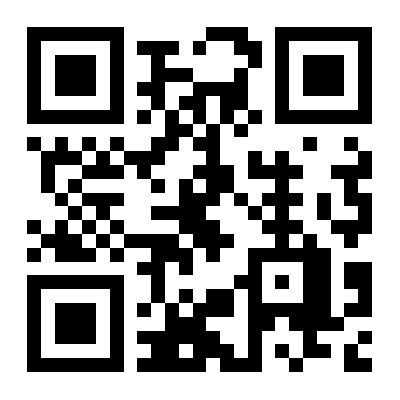How to Design Color Printed Cartons? 3 Tips to Enhance Brand Recognition
Color printed cartons are more than just containers for products—they’re a direct way to talk to customers, even before they open the box. Whether your carton is holding a gift, a daily essential, or a specialty item, its design can make your brand stick in people’s minds. But designing a color printed carton that works for your brand doesn’t have to be complicated. The key is to focus on elements that tie back to your brand identity and make your carton stand out on shelves or in a customer’s home. Let’s break down how to approach this design, and share simple tips to boost your brand recognition through every printed detail.
First, start with your brand’s core colors—they’re the foundation of making your carton recognizable. Every brand has a set of colors that customers associate with it, whether it’s a bright red, a soft blue, or a warm earth tone. These colors shouldn’t be picked at random for your carton; they need to match what your audience already knows (or will quickly learn) about your brand. For example, if your brand sells organic skincare and uses muted greens and browns in your logos and website, your carton should lean into those same hues. Using consistent colors helps customers connect the carton to your brand instantly—even if they only glance at it. Avoid adding too many new or clashing colors just for the sake of “pop”; too much variety can confuse people and make your carton blend in with others. Instead, stick to 2-3 main brand colors, and use lighter or darker shades of them for accents. This keeps the design clean, and reinforces your brand every time someone sees the carton.
Next, keep your logo and key brand elements visible—but not overwhelming. Your logo is the face of your brand, so it needs to be easy to spot on the carton. But that doesn’t mean it has to take up half the box. Think about where people will look first: usually the front of the carton, or the top (if it’s a taller box). Place your logo there, in a size that’s big enough to read without squinting, but small enough to leave room for other important details (like product names or simple graphics). You can also add subtle brand elements beyond the logo—maybe a small pattern that’s unique to your brand, or a tagline that sums up what you stand for. For instance, a brand that sells eco-friendly kitchenware might add a tiny leaf pattern around the edges of the carton, or print their tagline “Reduce Waste, Love Earth” near the bottom. These small touches don’t clutter the design, but they give customers more ways to remember your brand. The goal is to make sure anyone who sees the carton thinks, “That’s definitely from [Your Brand]” without having to search for clues.
Finally, think about the customer’s experience—design the carton to fit how they’ll use or interact with it. A carton that’s easy to open, or that can be reused, will make your brand more memorable because it adds value beyond just holding the product. For example, if you sell kids’ toys, a carton with a simple tear strip (instead of hard-to-open tape) makes it easier for parents and kids to get to the toy—and they’ll associate that ease with your brand. If your product is something customers might keep in the carton (like craft supplies or small tools), add a simple closure—like a fold-over flap or a sticker—that lets them seal it back up. You can also add small, useful details with printing: a recipe on the side of a food product carton, or a care tip on a clothing carton. These little extras make the carton feel thoughtful, and when customers use or reference those details, they’ll think of your brand. Plus, a carton that’s pleasant to use is more likely to be kept or shared—like a pretty gift carton that someone reuses for a friend’s present, spreading your brand to new people.
Designing color printed cartons isn’t about being fancy—it’s about being intentional. Every choice, from the colors to the logo placement to the little extras, should tie back to your brand and make it easier for customers to recognize and remember you. By sticking to your brand colors, keeping key elements visible, and focusing on the customer’s experience, you’ll create a carton that doesn’t just hold your product—it tells your brand’s story. And when that happens, every carton becomes a small but powerful way to build stronger connections with your customers, and make your brand stand out in a crowded market.








